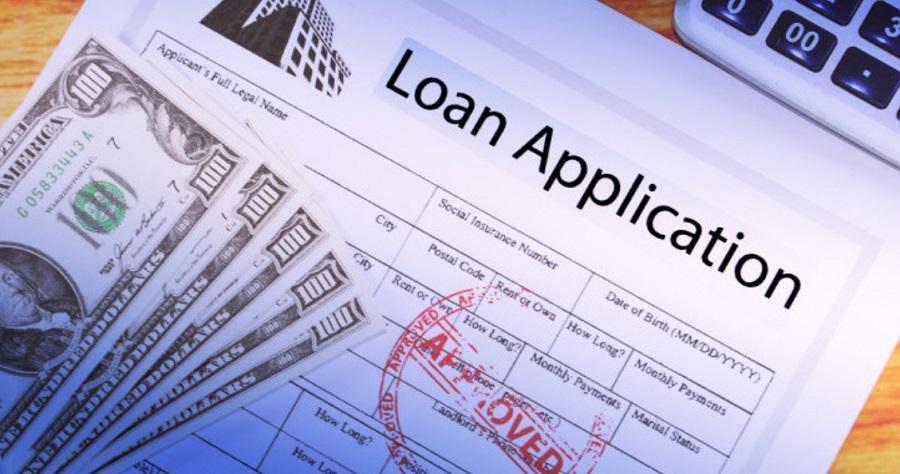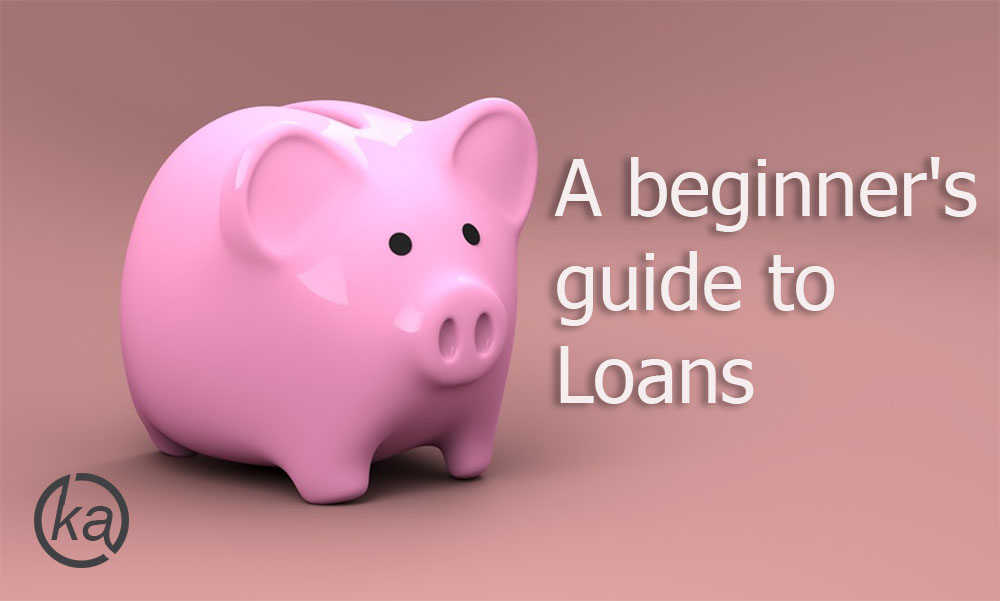You take out a loan when you borrow money from a financial institution, a friend, or anyone else with the intention of paying it back with interest at some point in the future. Principal is the loan you borrow, while interest is the cost of borrowing that money. Lenders take a chance when they extend credit to you because they are concerned you won’t be able to repay the money. To offset this risk, they charge interest on the loan.
Most loans fall into one of two broad categories: secured and unsecured. To obtain a secured loan, a borrower must pledge an asset (such their car or home) as collateral in the event that they are unable to make their loan loans.
Lender obtains title to the collateral. Although they’re less popular, unsecured loans are highly sought after. Without collateral, the lender in an unsecured loan cannot pay collection efforts.
How do Loans work?

You can either approach a lender directly or use a broker to apply for a loan. You can do this at any of your bank’s locations, either online, over the phone, through the mail, or in person.
Following approval of your loan application, the lender will deposit the agreed upon funds into your designated account.
After that, you pay paying back the loan, typically on a monthly basis, until the entire debt is paid off.
There will be late fees and additional interest added to your balance if you miss a payment. If you are late with a payment, the overdue amount will be applied to the next payment due.
The pros and cons of getting a Loan
Pros
- Excellent for long-term financing needs
- In most cases, interest rates remain unchanged over the course of a loan.
- It’s possible to get a loan of up to £50,000.
- Money could be received in as little as 48 hours.
Cons
- You’ll usually pay charges for repaying early
- You may need to put up your assets as security
- Payments are often inflexible
- You need a good credit score for the best rates
How long do you get to pay the Loan back?
When applying for the loan, you can pay the repayment period. An unsecured loan’s repayment term is typically between one and seven years, but it may extend up to ten.
Paying out a loan over a longer period of time will pay its total cost due to interest, but its monthly payments will be more manageable. Finding the right balance between paying as little interest as possible and being able to comfortably afford the monthly repayments is essential.
How much can you borrow with a Loan?
For the majority of loans, the loan you might borrow ranges anywhere from $1,000 to $25,000.
Loan loans for less significant amounts are often shorter, ranging from one to three years in most cases.
The term for larger loans can be as little as one year, while the term for secured loans might range anywhere from three to thirty-five years.
Where can you get a Loan?
You can get loan offers from various companies, especially those working in the business sector, including…
- Banks
- The government
- Credit unions
- Peer-to-peer websites
- Supermarkets
- Specialist lenders
- The Post Office
- Building societies
- Charities
How much do Loans cost?
Interest is a fee that most loan companies will charge you. This is a fixed annual percentage rate applied to the total money of your loan. The APR measures interest over a year.
Additional costs may be incurred by some, such as
- Broker fees
- Extra fees for transferring your funds quicker
- Late or missed payment fees
What is the APR on Loans?
APR refers to the annual percentage rate. The annual percentage rate represents the entire cost of borrowing over the course of a year.
The Financial Conduct Authority (FCA) mandates that all fees associated with obtaining a loan be factored into the annual percentage rate (APR). This includes the lender’s application fee.
The APR must include any fee the customer must pay to get credit”
APRs for all loans offered by a lender must be clearly displayed so that you may compare them easily. When applying, this interest rate or lower is guaranteed to at least 51% of applicants. It’s possible that the other 49% will have to pay a surcharge.
This implies that the interest rate you receive on your loan application may differ from the one advertised. The interest rate you receive is based on your personal situation and the perceived risk you pose to the lender. “Risk-based pricing” describes this method.
What is compound interest on a Loan?
When you have interest that is compounded, it means that you are charged interest on top of the interest that has already been charged to you.
The majority of loan providers apply compound interest to their loans’ balances. Examining the total amount that must be repaid throughout the course of the loan’s duration is the most effective strategy for locating the financing option that will cost the least. Utilize our loan repayment calculator to get an estimate of how much it will cost you to repay the loan.
What will Your Loan payments be?
Your loan payments include the loan and interest. With most loans, you pay back the same amount every month because the interest rate is fixed for the duration of your loan.
What types of Loan are there?
Secured loans
Personal property or other loans may be used as collateral for a secured loan. Mortgages, for instance, are a type of secured loan in which the lender gives up the right to pay the collateralized property if the debtor loans on the loan. These loans typically include higher amounts of money paid back over extended periods of time.
Unsecured loans
Although your personal property is not used as collateral for an unsecured money, your assets may still be taken by loans if you fail to pay the loan. Small to medium-sized loans have terms of one to seven years, with the possibility of ten.

